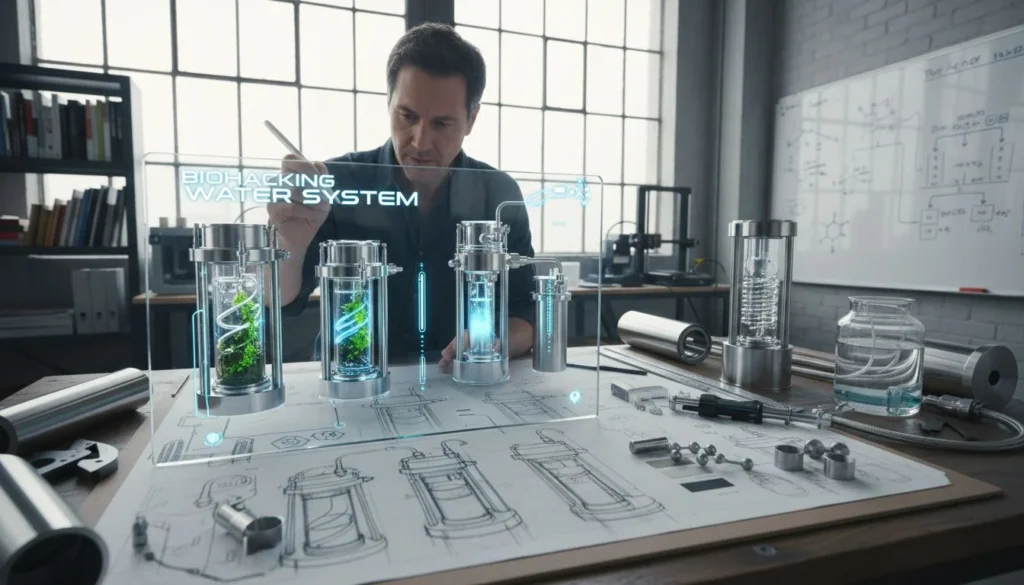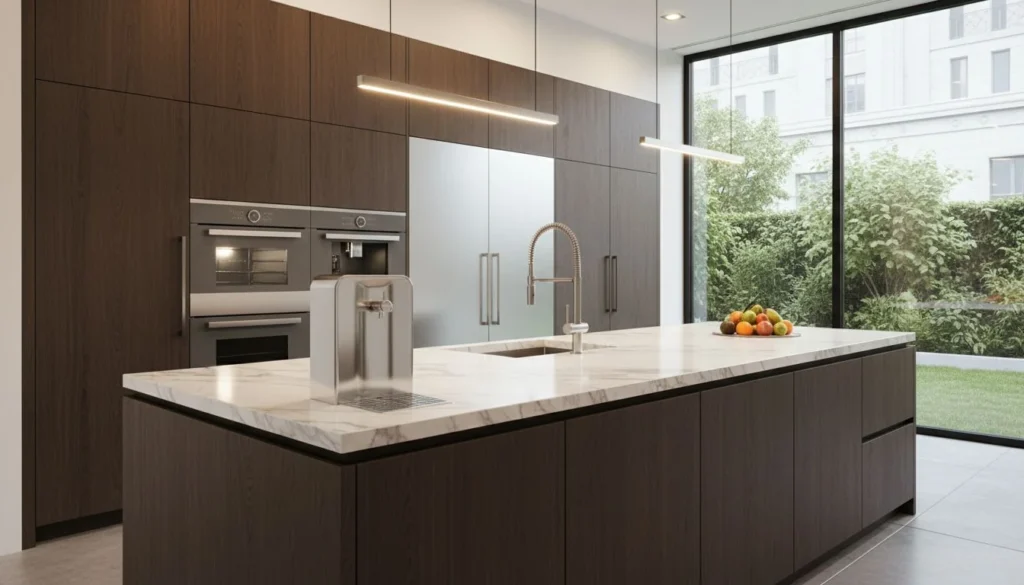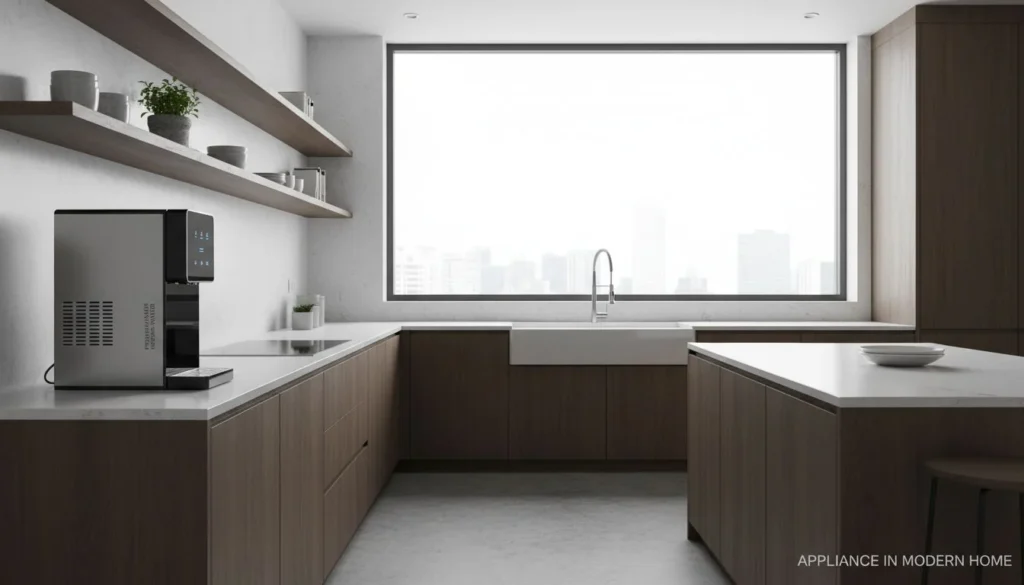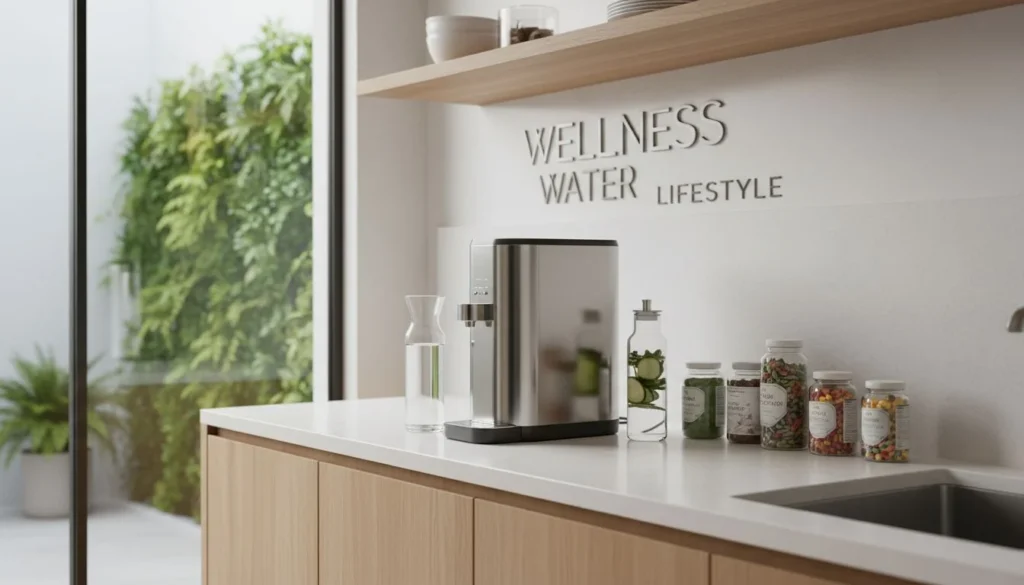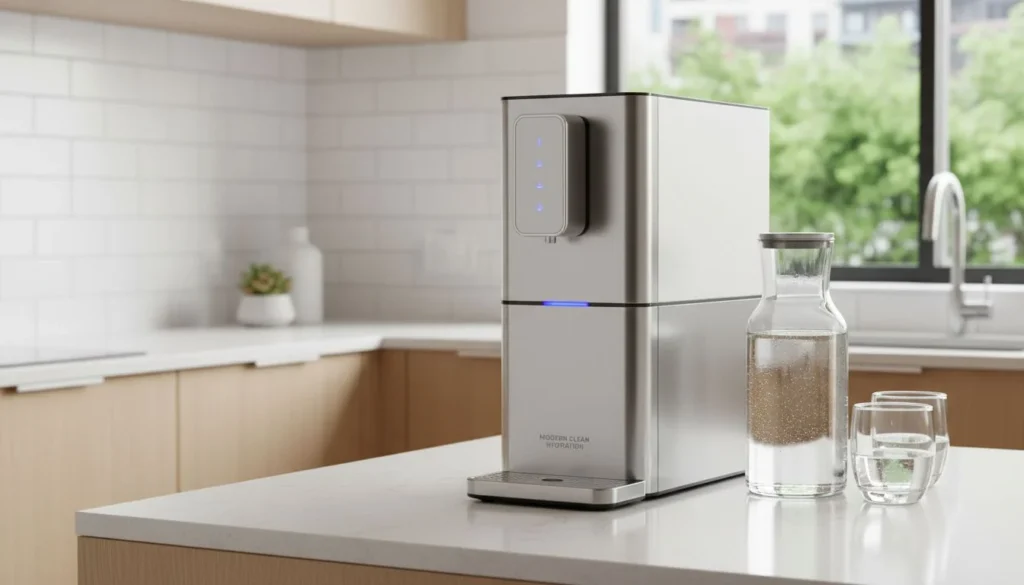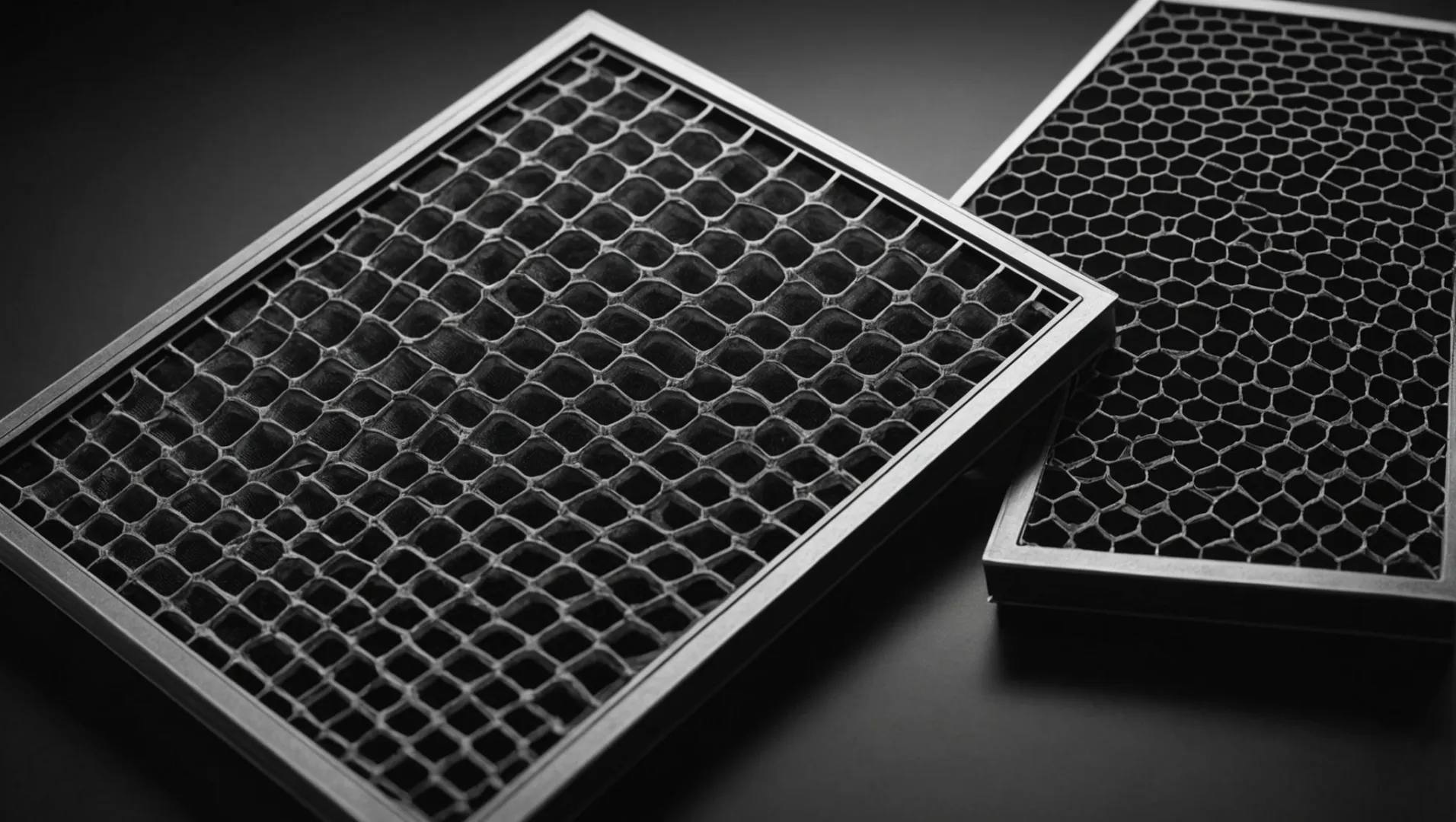
Escolher entre HEPA e filtros de carbono é mais do que uma decisão técnica; é um passo em direção a uma vida mais saudável.
HEPA são superiores na remoção de partículas transportadas pelo ar, enquanto os filtros de carbono são excelentes na eliminação de odores e compostos orgânicos voláteis (COV). Para uma purificação abrangente do ar, muitos sistemas combinam ambos para resolver uma vasta gama de problemas de qualidade do ar.
Compreender os pontos fortes e as limitações do HEPA e os filtros de carvão podem ajudá-lo a escolher a melhor opção para as suas necessidades de qualidade do ar. Vamos aprofundar a forma como estes filtros funcionam e descobrir qual poderá ser o mais adequado para a sua situação específica.
Os filtros HEPA eliminam eficazmente os odores.Falso
Os filtros HEPA captam as partículas, não os odores. Os filtros de carbono eliminam os odores.
O que são HEPA Filtros e como funcionam?
HEPA Os filtros são essenciais para a captura de partículas minúsculas no ar, cruciais para ambientes respiratórios mais limpos.
HEPA funcionam capturando partículas tão pequenas como 0,3 mícrones através de um denso tapete de fibras, melhorando efetivamente a qualidade do ar através da remoção de poeiras, pólen e outros poluentes.

Compreensão HEPA Tecnologia
Ar Particulado de Alta Eficiência (HEPA) são concebidos para capturar pelo menos 99,97% de partículas tão pequenas como 0,3 microns. Este nível de eficiência é conseguido através de uma combinação de três mecanismos: interceção, impactação e difusão. À medida que o ar flui através do filtro, as partículas são apanhadas na densa rede de fibras. HEPA eficiência do filtro1 as normas variam de HEPA 11 para HEPA 14, com capacidades de filtragem crescentes de 95% a 99,995%.
A estrutura de HEPA Filtros
HEPA são constituídos por um conjunto de fibras dispostas aleatoriamente, normalmente feitas de fibra de vidro. Os filtros funcionam abrandando o movimento das partículas através da sua intrincada trama, permitindo uma captura eficaz. Esta estrutura é crucial para evitar partículas em suspensão no ar2 de passar pelo filtro e entrar no ambiente.
| HEPA Nível | Eficiência de filtragem |
|---|---|
| HEPA 11 | 95% |
| HEPA 12 | 99.5% |
| HEPA 13 | 99.95% |
| HEPA 14 | 99.995% |
Benefícios e limitações
A principal vantagem do HEPA A principal caraterística dos filtros de ar é a sua capacidade de reduzir significativamente os alergénios transportados pelo ar, tornando-os ideais para indivíduos com problemas respiratórios ou alergias. No entanto, não removem odores ou gases, razão pela qual muitos purificadores de ar os combinam com filtros de carbono.
Apesar da sua eficácia, HEPA podem ficar obstruídos com o tempo, reduzindo o caudal de ar e a eficiência. A manutenção e substituição regulares são essenciais para garantir um desempenho ótimo.
Aplicações e casos de utilização
HEPA são amplamente utilizados numa variedade de ambientes, incluindo casas, hospitais e ambientes industriais. São particularmente benéficos em espaços que exigem normas rigorosas de qualidade do ar, como salas limpas e laboratórios.
Em conclusão, compreender como HEPA A função dos filtros e o seu papel na melhoria da qualidade do ar podem orientá-lo na seleção do sistema de purificação do ar adequado às suas necessidades.
Os filtros HEPA captam partículas tão pequenas como 0,3 microns.Verdadeiro
Os filtros HEPA retêm partículas tão pequenas como 0,3 mícrones, melhorando a qualidade do ar.
Os filtros HEPA eliminam eficazmente os odores e os gases.Falso
Os filtros HEPA não eliminam odores ou gases; precisam de filtros de carbono.
Qual a eficácia dos filtros de carvão na remoção de odores?
Os filtros de carvão podem realmente eliminar os odores de forma eficaz, ou existem melhores opções?
Os filtros de carbono são altamente eficazes na remoção de odores e compostos orgânicos voláteis (COVs), absorvendo-os na sua superfície. Este processo neutraliza os odores desagradáveis dos animais de estimação, dos cozinhados e do fumo, tornando os filtros de carbono uma escolha popular nos sistemas de purificação do ar.
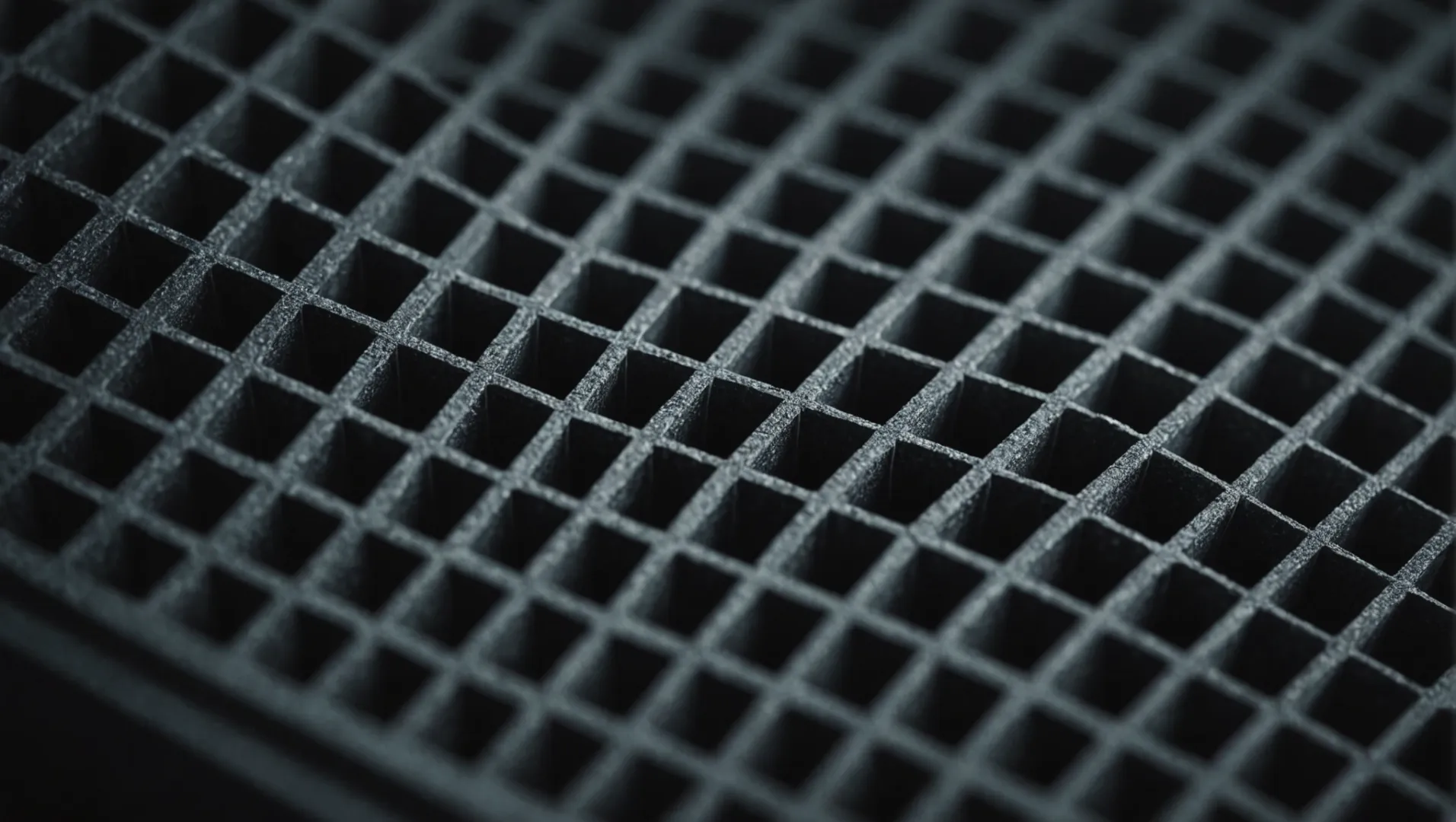
Compreender os filtros de carvão
Os filtros de carbono, muitas vezes referidos como filtros de carvão ativado, funcionam utilizando uma grande área de superfície de carbono poroso para capturar e neutralizar odores e COVs. Este processo de adsorção é fundamental para a sua eficácia, uma vez que as moléculas odoríferas aderem à superfície do carvão.
Tipos de filtros de carvão
- Carvão ativado ondulado: Oferece uma grande área de superfície para adsorção, ideal para ambientes com muitos odores.
- Favo de mel de carbono: Apresenta um design estruturado que maximiza o fluxo de ar, mantendo uma elevada capacidade de adsorção.
Cada tipo tem as suas vantagens, com carvão ativado ondulado3 que oferece uma cobertura alargada para problemas graves de odores e carbono alveolar4 equilíbrio entre eficiência e caudal de ar.
Factores que afectam a eficácia
- Caudal de ar: A eficiência de um filtro de carvão depende em grande medida do caudal de ar do purificador de ar. Um caudal de ar elevado garante uma exposição mais frequente do ar ao filtro.
- Espessura do filtro: As camadas de carbono mais espessas podem adsorver mais partículas, mas podem reduzir o fluxo de ar, afectando a taxa de fornecimento de ar limpo (CADR).
- Integração tecnológica: Alguns purificadores de ar utilizam técnicas de integração avançadas para melhorar o desempenho dos filtros de carbono, combinando-os com outros sistemas de filtragem.
Comparação de filtros de carvão com HEPA Filtros
Enquanto HEPA Os filtros de carbono são excelentes na remoção de partículas como o pó e o pólen, enquanto os filtros de carbono são incomparáveis na remoção de odores. Esta função complementar é a razão pela qual muitos purificadores de ar integram ambas as tecnologias para abranger um espetro mais alargado de preocupações com a qualidade do ar.
Casos de utilização de filtros de carbono
- Proprietários de animais de estimação: Os filtros de carbono neutralizam eficazmente os odores dos animais de estimação, proporcionando um ambiente interior mais fresco.
- Cozinhas: Útil para eliminar os cheiros fortes de cozinha que tendem a prolongar-se.
- Fumadores: Ajuda a reduzir os odores do fumo do tabaco, melhorando a qualidade geral do ar.
Ao compreender os pontos fortes de diferentes tecnologias de carbono5 e as suas aplicações específicas, pode selecionar um sistema de purificador de ar que satisfaça as suas necessidades específicas.
Os filtros de carbono são mais eficazes do que os filtros HEPA na remoção de odores.Verdadeiro
Os filtros de carbono absorvem os odores, ao contrário dos filtros HEPA que captam as partículas.
As camadas de carbono mais espessas melhoram sempre o fluxo de ar nos purificadores de ar.Falso
As camadas mais espessas podem reduzir o fluxo de ar, afectando a taxa de fornecimento de ar limpo.
Porque é que os purificadores de ar se combinam HEPA e filtros de carbono?
Combinação HEPA e os filtros de carbono maximizam a purificação do ar, visando as partículas, os odores e os gases.
Os purificadores de ar combinam HEPA e de carbono para combater eficazmente as partículas transportadas pelo ar e os poluentes gasosos. Este sistema de filtragem dupla garante uma abordagem mais abrangente para melhorar a qualidade do ar interior, combatendo tanto as partículas como os odores.
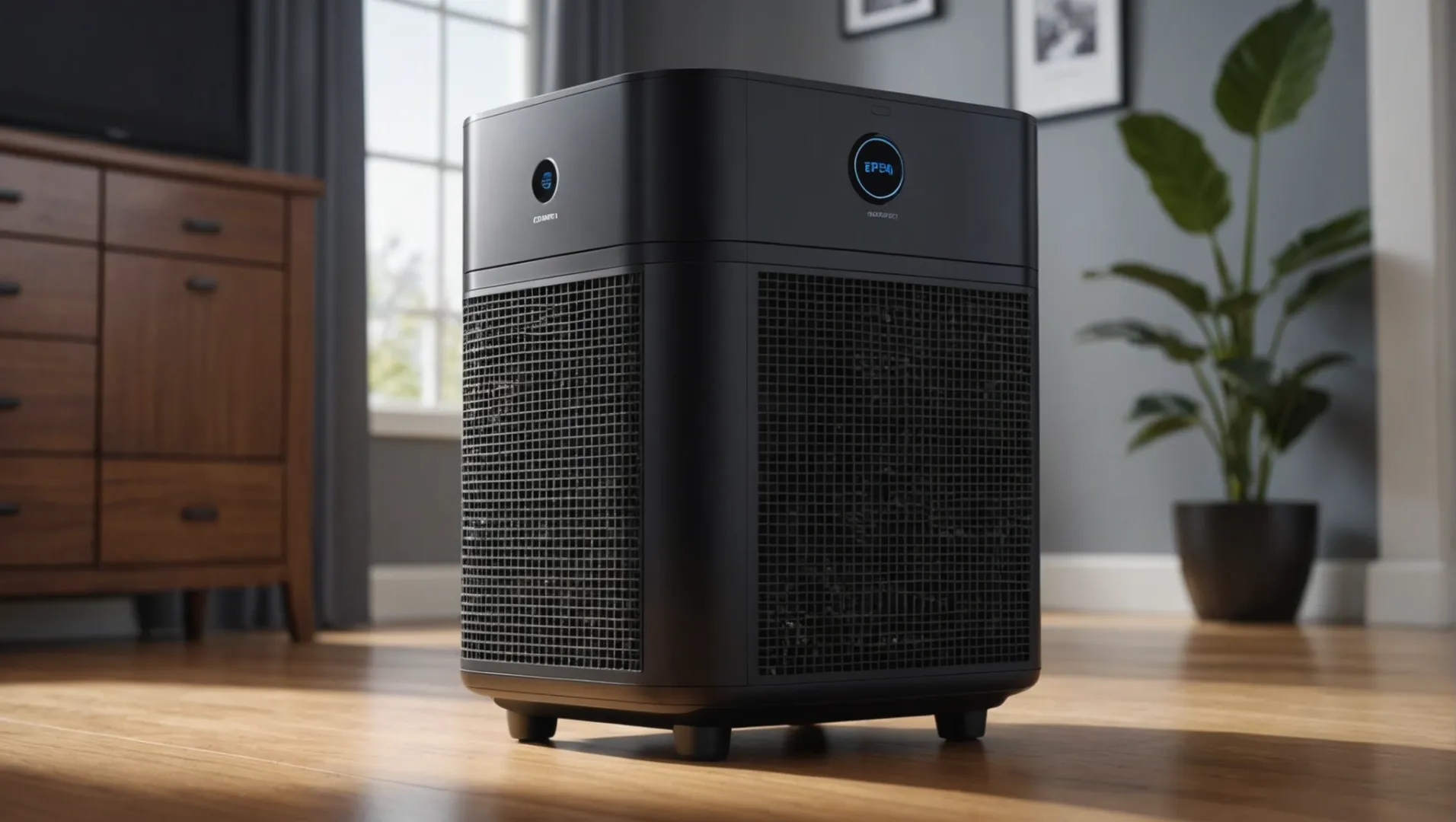
Compreensão HEPA e funções do filtro de carvão
Para saber porque é que os purificadores de ar combinam HEPA6 e os filtros de carbono, é importante compreender as suas funções individuais. HEPA são excelentes na retenção de partículas como pó, pólen e pêlos de animais. São essenciais para quem procura reduzir os alergénios e melhorar significativamente a qualidade do ar. Por outro lado, os filtros de carbono são proficientes na remoção de odores e compostos orgânicos voláteis (COV), que não são capturados pelos filtros de carbono. HEPA filtros.
Vantagens da combinação de filtros
A integração de ambos os tipos de filtros num purificador de ar abrange um espetro mais vasto de poluentes. Por exemplo, enquanto um HEPA O filtro de carbono neutraliza o cheiro do fumo e absorve os gases nocivos libertados pelos produtos de limpeza ou pela tinta.
| Tipo de filtro | Funcionalidade chave | Ideal para |
|---|---|---|
| HEPA | Remove partículas, alergénios | Alergias, pessoas que sofrem de asma |
| Carbono | Elimina odores, COVs e gases | Casas com animais de estimação, cheiros de cozinha |
Considerações sobre eficiência e desempenho
A utilização de ambos os filtros exige um equilíbrio entre eficiência e desempenho. Por exemplo, diferentes graus de HEPA filtros - desde HEPA 11 para HEPA 14 - oferecem diferentes níveis de eficiência de filtragem, com HEPA 14 filtrando até 99,997% de partículas. Entretanto, o tipo de filtro de carvão, seja carvão ativado ondulado ou em favo de mel, afecta a sua capacidade de remover eficazmente os odores.
Além disso, filtros de carbono mais pesados podem aumentar a resistência dentro do sistema de purificação de ar, reduzindo potencialmente a taxa de fornecimento de ar limpo (CADR). É crucial para os fabricantes encontrarem um equilíbrio entre a eficácia da filtragem e a manutenção de uma CADR elevada para um desempenho ótimo da purificação do ar.
Aplicações práticas
Para os consumidores, a escolha de um purificador de ar que combine ambos HEPA e os filtros de carbono significa obter uma proteção abrangente contra uma série de problemas de qualidade do ar. Quer esteja preocupado com o pólen na primavera ou com os cheiros a cozinhados na sua cozinha, este sistema de filtro duplo pode proporcionar uma solução versátil.
Ao compreender os pontos fortes de cada tipo de filtro, pode tomar uma decisão informada ao selecionar um purificador de ar que melhor se adapte ao seu ambiente doméstico.
Os filtros HEPA eliminam eficazmente os odores.Falso
Os filtros HEPA captam as partículas, não os odores; os filtros de carbono tratam dos odores.
Os filtros de carbono captam os compostos orgânicos voláteis.Verdadeiro
Os filtros de carbono absorvem os COV, ao contrário dos filtros HEPA que captam as partículas.
Que tipo de filtro é melhor para os alergénios e a asma?
Navegar no mundo dos filtros de ar é essencial para quem sofre de asma e para as pessoas propensas a alergias.
HEPA são normalmente a melhor escolha para gerir os alergénios e os factores desencadeantes da asma devido à sua elevada eficiência na retenção de partículas finas como o pó, o pólen e o pelo de animais. Para obter os melhores resultados, escolha um filtro com uma HEPA classificação, tais como HEPA 13 ou 14, que podem captar até 99,97% de partículas em suspensão no ar.

Compreensão HEPA Filtros para alergénios
Ar Particulado de Alta Eficiência (HEPA) são especificamente concebidos para capturar pelo menos 99,97% de partículas tão pequenas como 0,3 microns. Isto torna-os altamente eficazes para as pessoas com alergias e asma, uma vez que podem capturar estímulos comuns, tais como ácaros, pólen e pêlos de animais. HEPA filtros7 são classificados pela sua eficiência, com HEPA 13 e 14 são os mais eficazes em contextos residenciais.
HEPA funcionam forçando o ar a passar através de uma malha fina que captura as partículas nocivas. A sua eficácia pode variar consoante a classificação do filtro específico, a capacidade do fluxo de ar e a frequência de manutenção. É vital substituir HEPA os filtros regularmente para manter a sua eficiência e garantir que continuam a fornecer ar limpo.
O papel dos filtros de carbono na gestão da asma
Enquanto filtros de carbono8 Os filtros de carbono têm como alvo principal os gases, odores e compostos orgânicos voláteis (COV) e desempenham um papel de apoio na gestão da asma, removendo potenciais irritantes do ar. Os filtros de carbono utilizam carvão ativado para adsorver moléculas, o que pode ajudar a reduzir a exposição a determinados estímulos da asma, como o fumo do tabaco ou os odores da cozinha.
No entanto, é importante notar que os filtros de carvão não capturam partículas, que são frequentemente mais críticas para o controlo da asma. Por conseguinte, embora úteis, não devem ser considerados como a principal solução para a remoção de alergénios.
Combinação de filtros para uma proteção abrangente
Muitos purificadores de ar modernos integram ambos HEPA e filtros de carbono para oferecer soluções abrangentes de limpeza do ar. Esta combinação permite aos utilizadores beneficiarem das capacidades de retenção de partículas de HEPA ao mesmo tempo que trata os odores e os gases poluentes com filtros de carbono.
A integração destas duas tecnologias pode criar um ambiente ideal para quem sofre de asma ou alergias, assegurando que tanto as partículas como os gases irritantes são geridos eficazmente. Ao escolher um purificador de ar, considere os modelos que incluem sistemas de filtragem de várias fases para garantir a maior proteção possível.
Ao selecionar um sistema de filtro, avalie factores como a taxa de fornecimento de ar limpo (CADR), os níveis de ruído e os custos de substituição do filtro para tomar uma decisão informada. Investir num purificador de ar de alta qualidade com HEPA e os filtros de carbono podem melhorar significativamente a qualidade do ar interior e aliviar os sintomas das pessoas que sofrem de alergias e asma.
Os filtros HEPA 13 captam 99,97% de partículas.Verdadeiro
Os filtros HEPA 13 são altamente eficientes, capturando partículas tão pequenas como 0,3 microns.
Os filtros de carbono capturam eficazmente os ácaros do pó.Falso
Os filtros de carbono visam os gases e os odores, não as partículas como os ácaros.
Conclusão
Para uma óptima qualidade do ar, considere um purificador com HEPA e filtros de carbono. Trabalham em conjunto, combatendo tanto as partículas como os odores, o que resulta numa casa mais saudável.
-
Saiba mais sobre as diferentes normas HEPA e os seus níveis de eficiência..: De acordo com as normas europeias, existem 17 classes de filtros - quanto mais elevada a classe, maior a eficiência. As classes E10 a E12 são eficientes ... ↩
-
Descubra como a estrutura do filtro HEPA capta e retém as partículas..: Este tipo de filtro de ar pode, teoricamente, remover pelo menos 99,97% de pó, pólen, bolor, bactérias e quaisquer partículas transportadas pelo ar com um tamanho de 0,3 ... ↩
-
Saiba como o carvão ativado ondulado aumenta a eficiência da remoção de odores..: O carvão ativado, também designado por carvão ativado, é uma forma de carvão normalmente utilizada para filtrar contaminantes da água e do ar, entre muitas outras utilizações. ↩
-
Descubra como o design em favo de mel melhora o desempenho do purificador de ar..: O carvão ativado em favo de mel é um novo tipo de produto de purificação de gases residuais de carvão ativado amigo do ambiente, que pode reduzir eficazmente o odor e os poluentes. ↩
-
Explore várias tecnologias de filtros de carbono para um controlo ideal dos odores: Tecnologia de purificador de ar que utiliza filtros de carvão ou carbono para absorver e conter odores, COVs e fumo do ar. ↩
-
Saiba mais sobre as capacidades de captura de partículas dos filtros HEPA..: Os filtros HEPA são filtros de ar mecânicos plissados que têm uma espessura considerável para capturar as partículas. As pregas criam um tapete ... ↩
-
Explore como os filtros HEPA capturam os alergénios de forma eficaz..: A utilização de um aspirador HEPA irá capturar algumas partículas, deixando outras que são agitadas no espaço respiratório para serem removidas pela filtragem do ar da divisão ou de toda a casa. ↩
-
Compreender como os filtros de carvão removem odores e gases..: Os filtros de carvão retêm os odores através de um processo chamado adsorção, que ocorre quando as moléculas se ligam ao exterior de uma superfície, em vez de serem absorvidas por ela. ↩


